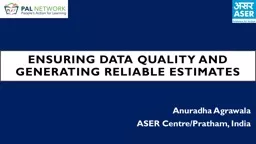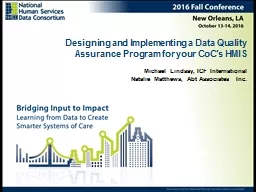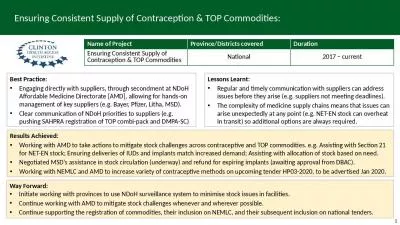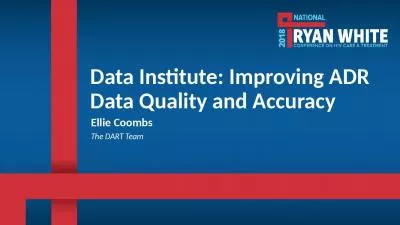PPT-Ensuring data quality and
Author : karlyn-bohler | Published Date : 2017-06-05
generating reliable estimates Anuradha Agrawala ASER Centre Pratham India ASER India ASER Annual Status of Education Report 577 districts 16497 villages 341070
Presentation Embed Code
Download Presentation
Download Presentation The PPT/PDF document "Ensuring data quality and" is the property of its rightful owner. Permission is granted to download and print the materials on this website for personal, non-commercial use only, and to display it on your personal computer provided you do not modify the materials and that you retain all copyright notices contained in the materials. By downloading content from our website, you accept the terms of this agreement.
Ensuring data quality and: Transcript
Download Rules Of Document
"Ensuring data quality and"The content belongs to its owner. You may download and print it for personal use, without modification, and keep all copyright notices. By downloading, you agree to these terms.
Related Documents














